
低温废水回收设备:低温污水生物脱氮工艺
作者:创始人来源:http://senfuai.com/时间:2024-05-09
低温废水回收设备:低温污水生物脱氮工艺
启航彩Low temperature wastewater recovery equipment: low-temperature wastewater biological denitrification process
启航彩 氮素在水体中的过度积累造成了水体富营养化现象,严重危害生态系统安全。一般采用生物法进行废水脱氮。硝化反硝化工艺是应用zui普遍的生物脱氮工艺。最近十几年,出现了一些新的脱氮工艺。厌氧氨氧化工艺是其中zui有代表性的突破之一。该方法是利用自养型细菌将氨直接氧化为氮气而实现脱氮的工艺,与传统的硝化反硝化工艺相比具有耗氧量低、运行费用少和不需要外加碳源等优点,是目前已知工艺中最经济的生物脱氮途径之一。
启航彩The excessive accumulation of nitrogen in water bodies has caused eutrophication, seriously endangering ecosystem security. Generally, biological methods are used for wastewater denitrification. Nitrification denitrification process is a widely used biological denitrification process. In the past decade, some new denitrification processes have emerged. Anaerobic ammonia oxidation process is one of the representative breakthroughs in this field. This method is a process that utilizes autotrophic bacteria to directly oxidize ammonia to nitrogen and achieve denitrification. Compared with traditional nitrification and denitrification processes, it has the advantages of low oxygen consumption, low operating costs, and no need for external carbon sources. It is currently one of the most economical biological denitrification pathways among known processes.
启航彩 生物反应对环境条件敏感,容易受温度变化影响。绝大多数微生物正常生长温度为20~35℃,低温会影响微生物细胞内酶的活性,在一定温度范围内,温度每降低10℃,微生物活性将降低1倍,从而降低了对污水的处理效果。工艺投入运行后,由于四季的交替和所处的地理位置影响,若不加以人工调控,温度很难保持适宜。而温度调控则会耗费大量的能源。解决这一难题的zuijia途径就是开发高效稳定的低温生物处理工艺。
Biological reactions are sensitive to environmental conditions and are easily affected by temperature changes. The normal growth temperature of the vast majority of microorganisms is 20-35 ℃. Low temperature can affect the activity of enzymes in microbial cells. Within a certain temperature range, for every 10 ℃ decrease in temperature, the activity of microorganisms will decrease by twice, thereby reducing the treatment efficiency of wastewater. After the process is put into operation, due to the alternation of four seasons and the influence of geographical location, it is difficult to maintain a suitable temperature without manual control. And temperature control will consume a lot of energy. The key to solving this problem is to develop efficient and stable low-temperature biological treatment processes.
近年来国内外已有一些研究涉及低温废水生物脱氮技术,提出了一些新方法。笔者将探讨低温对脱氮工艺的影响,比较低温脱氮工艺的运行策略,并据此指出低温脱氮工艺的研发方向。
启航彩In recent years, there have been some studies both domestically and internationally involving low-temperature wastewater biological denitrification technology, and some new methods have been proposed. The author will explore the impact of low temperature on denitrification processes, compare the operating strategies of low-temperature denitrification processes, and based on this, point out the research and development direction of low-temperature denitrification processes.
1低温对脱氮工艺的影响
启航彩The influence of low temperature on denitrification process
温度是影响细菌生长和代谢的重要环境条件。绝大多数微生物正常生长温度为20~35℃。温度主要是通过影响微生物细胞内某些酶的活性而影响微生物的生长和代谢速率,进而影响污泥产率、污染物的去除效率和速率;温度还会影响污染物降解途径、中间产物的形成以及各种物质在溶液中的溶解度,以及有可能影响到产气量和成分等。低温减弱了微生物体内细胞质的流动性,进而影响了物质传输等代谢过程,并且普遍认为低温将会导致活性污泥的吸附性能和沉降性能下降,以及使微生物群落发生变化。低温对微生物活性的抑制,不同于高温带来的毁灭性影响,其抑制作用通常是可恢复的。
Temperature is an important environmental condition that affects bacterial growth and metabolism. The normal growth temperature of the vast majority of microorganisms is 20-35 ℃. Temperature mainly affects the growth and metabolic rate of microorganisms by affecting the activity of certain enzymes within microbial cells, thereby affecting sludge yield, pollutant removal efficiency, and rate; Temperature can also affect the degradation pathways of pollutants, the formation of intermediate products, and the solubility of various substances in solution, as well as potentially affecting gas production and composition. Low temperature weakens the fluidity of cytoplasm within microorganisms, thereby affecting metabolic processes such as material transport. It is widely believed that low temperature will lead to a decrease in the adsorption and settling performance of activated sludge, as well as changes in microbial communities. The inhibition of microbial activity by low temperature is different from the destructive effects caused by high temperature, and its inhibitory effect is usually recoverable.
1.1硝化工艺
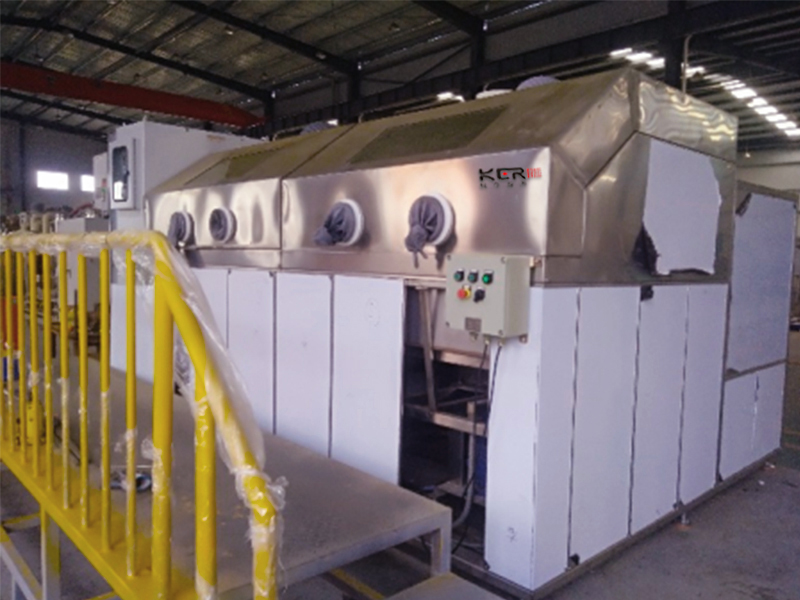
启航彩1.1 Nitrification process
生物硝化反应可以在4~45℃的温度范围内进行。氨氧化细菌(AOB)zuijia生长温度为25~30℃,亚硝酸氧化细菌(NOB)的zuijia生长温度为25~30℃。温度不但影响硝化菌的生长,而且影响硝化菌的活性。有研究表明,硝化细菌zui适宜的生长温度为25~30℃,当温度小于15℃时硝化速率明显下降,硝化细菌的活性也大幅度降低,当温度低于5℃时,硝化细菌的生命活动几乎停止。大量的研究表明,硝化作用会受到温度的严重影响,尤其是温度冲击的影响更加明显。由于冬季气温较低而未能实现硝化工艺稳定运行的案例较为常见。U.Sudarno等考察了温度变化对硝化作用的影响,结果表明,温度从12.5℃升至40℃,氨氧化速率增加,但当温度下降至6℃时,硝化菌活性很低。
Biological nitrification reaction can be carried out within the temperature range of 4~45 ℃. The growth temperature of ammonia oxidizing bacteria (AOB) is 25-30 ℃, and the growth temperature of nitrite oxidizing bacteria (NOB) is 25-30 ℃. Temperature not only affects the growth of nitrifying bacteria, but also affects their activity. Research has shown that the suitable growth temperature for nitrifying bacteria is 25-30 ℃. When the temperature is less than 15 ℃, the nitrification rate significantly decreases, and the activity of nitrifying bacteria also decreases significantly. When the temperature is below 5 ℃, the life activity of nitrifying bacteria almost stops. Numerous studies have shown that nitrification is severely affected by temperature, especially with temperature shocks having a more pronounced impact. Cases where stable operation of nitrification processes cannot be achieved due to low winter temperatures are common. U. Sudarno et al. investigated the effect of temperature changes on nitrification, and the results showed that when the temperature increased from 12.5 ℃ to 40 ℃, the rate of ammonia oxidation increased. However, when the temperature decreased to 6 ℃, the activity of nitrifying bacteria was very low.
启航彩 随着脱氮工艺的不断发展,人们对硝化工艺提出了更高的要求,希望将硝化作用的反应产物控制在亚硝酸盐阶段,作为反硝化或者厌氧氨氧化的前处理技术,可以节约曝气能耗和添加碱量。通过对两类硝化细菌(AOB、NOB)的更多认识,出现了短程硝化工艺。该工艺的核心是选择性地富集AOB,先抑制再限制最后冲洗出NOB,使得AOB具有较高的数量而淘汰NOB,从而维持稳定的亚硝酸盐积累。短程硝化过程通常由控制温度、溶解氧、pH来实现。温度控制短程硝化的基础在于两类硝化细菌对温度的敏感性不同,25℃以上时,AOB的zui大比生长速率大于NOB的zui大比生长速率。据此提出了世界上di一个工业化应用的短程硝化工艺——SHARON工艺(温度设置为30~40℃)。因此,在低温下实现短程硝化颇具挑战。
With the continuous development of denitrification technology, people have put forward higher requirements for nitrification process, hoping to control the reaction products of nitrification in the nitrite stage. As a pre-treatment technology for denitrification or anaerobic ammonia oxidation, it can save aeration energy consumption and add alkali. Through a better understanding of two types of nitrifying bacteria (AOB and NOB), short-range nitrification processes have emerged. The core of this process is to selectively enrich AOB, first inhibit, then limit, and finally flush out NOB, so that AOB has a higher quantity and NOB is eliminated, thereby maintaining stable nitrite accumulation. The short-range nitrification process is usually achieved by controlling temperature, dissolved oxygen, and pH. The basis for temperature controlled short-range nitrification lies in the different sensitivity of two types of nitrifying bacteria to temperature. When the temperature is above 25 ℃, the maximum specific growth rate of AOB is greater than that of NOB. Based on this, a short-range nitrification process for industrial application in the world, the SHARON process (with a temperature set at 30-40 ℃), was proposed. Therefore, achieving short-range nitrification at low temperatures is quite challenging.
1.2反硝化工艺
1.2 Denitrification process
低温对于反硝化有显著的抑制作用,JichengZhong等研究了太湖沉积物中的反硝化作用,经过数月的实验分析发现反硝化速率呈现季节性变化。U.Welander等考察了低温条件下(3~20℃)反硝化工艺的运行性能,研究表明在3℃下反应器的反硝化速率仅为15℃下的55%。相对于传统的缺氧反硝化,温度对好氧反硝化的脱氮效率影响不显著,王弘宇等筛选出的一株好氧反硝化菌,在25~35℃下都能达到大于78%的脱氮效率。
启航彩Low temperature has a significant inhibitory effect on denitrification. Jicheng Zhong et al. studied the denitrification in the sediment of the Taihu Lake Lake, and found that the denitrification rate showed seasonal changes after several months of experimental analysis. U. Welander et al. investigated the operational performance of denitrification process under low temperature conditions (3-20 ℃) and found that the denitrification rate of the reactor at 3 ℃ was only 55% of that at 15 ℃. Compared to traditional anaerobic denitrification, temperature has no significant effect on the denitrification efficiency of aerobic denitrification. Wang Hongyu et al. selected an aerobic denitrifying bacterium that can achieve a denitrification efficiency of over 78% at 25-35 ℃.
1.3厌氧氨氧化工艺
启航彩1.3 Anaerobic ammonia oxidation process
启航彩 有学者的研究表明,能够进行厌氧氨氧化反应的温度范围为6~43℃,zuijia温度为28~40℃。在废水生物处理中,活化能的取值范围通常为8.37~83.68kJ/mol,而厌氧氨氧化的活化能为70kJ/mol。因此,厌氧氨氧化属于对温度变化比较敏感的反应类型,温度的降低对其抑制作用明显。
Research by scholars has shown that the temperature range for anaerobic ammonia oxidation reaction is 6-43 ℃, and the recommended temperature is 28-40 ℃. In wastewater biological treatment, the range of activation energy is usually 8.37~83.68 kJ/mol, while the activation energy for anaerobic ammonia oxidation is 70 kJ/mol. Therefore, anaerobic ammonia oxidation belongs to the reaction type that is more sensitive to temperature changes, and the decrease in temperature has a significant inhibitory effect on it.
低温对厌氧氨氧化的影响很大,受低温抑制后需要较长时间才能恢复。厌氧氨氧化工艺的运行温度从18℃降至15℃时,亚硝酸盐不能被*去除,导致亚硝酸盐的积累,对厌氧氨氧化工艺有着显著的抑制效果,从而引起连锁效应,使得厌氧氨氧化菌失活。J.Dosta等在研究温度对厌氧氨氧化工艺的长期影响时,将试验温度由30℃调至15℃,只有氮容积负荷(NLR)从0.3kg/(m3?d)大幅降低至0.04kg/(m3?d)才能保证出水水质。甚至经30d的驯化仍未见好转,将试验温度调回至30℃运行75d后,污泥活性仅为0.02g/(g?d),处于较低水平。
启航彩Low temperature has a significant impact on anaerobic ammonia oxidation, and it takes a long time to recover after being suppressed by low temperature. When the operating temperature of the anaerobic ammonia oxidation process drops from 18 ℃ to 15 ℃, nitrite cannot be removed, leading to the accumulation of nitrite, which has a significant inhibitory effect on the anaerobic ammonia oxidation process, causing a chain effect and deactivating the anaerobic ammonia oxidation bacteria. J. When studying the long-term effect of temperature on anaerobic ammonia oxidation process, Dosta et al. adjusted the experimental temperature from 30 ℃ to 15 ℃. Only when the nitrogen volumetric load (NLR) was significantly reduced from 0.3kg/(m3? D) to 0.04kg/(m3? D) can the effluent quality be guaranteed. Even after 30 days of domestication, there was no improvement. After adjusting the experimental temperature back to 30 ℃ and running for 75 days, the sludge activity was only 0.02g/(g? D), which was at a relatively low level.
本文由低温废水回收设备提供技术支持,更多的详细精彩内容请点击我们的网站 http://senfuai.com 我们将会全心全意为您提供满意的服务。
启航彩This article provides technical support from low-temperature wastewater recovery equipment. For more detailed and exciting content, please click on our website http://senfuai.com We will wholeheartedly provide you with satisfactory service.
 公司:启航彩
公司:启航彩  热线:18663767799
热线:18663767799 地址:山东省济南市济阳区创业路与启航街交叉口南40米
地址:山东省济南市济阳区创业路与启航街交叉口南40米




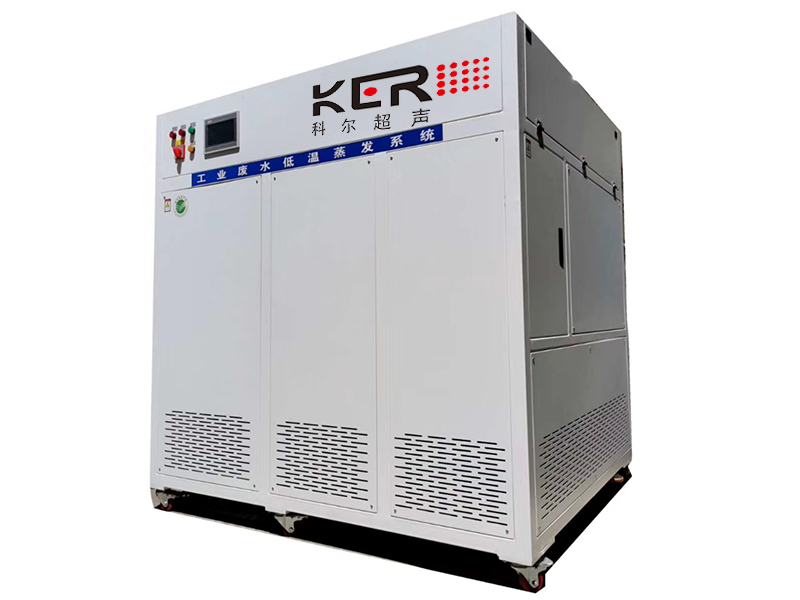
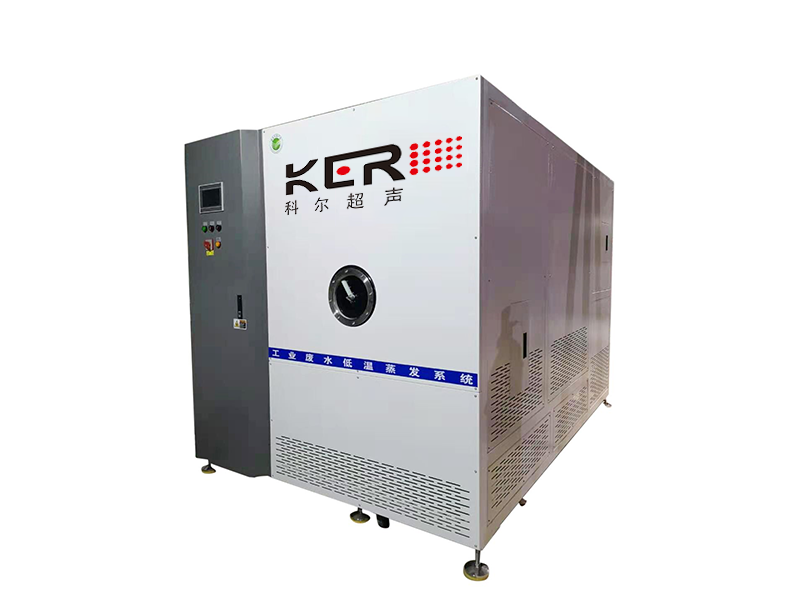
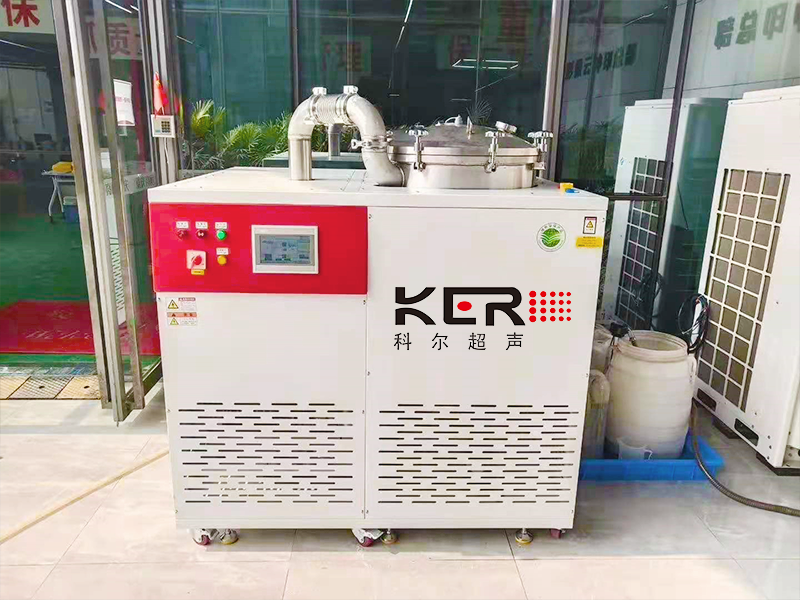
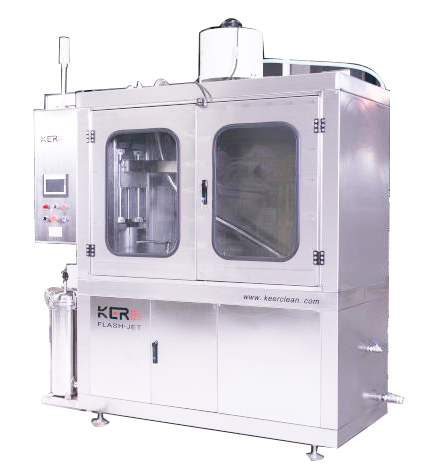
 常见问题
常见问题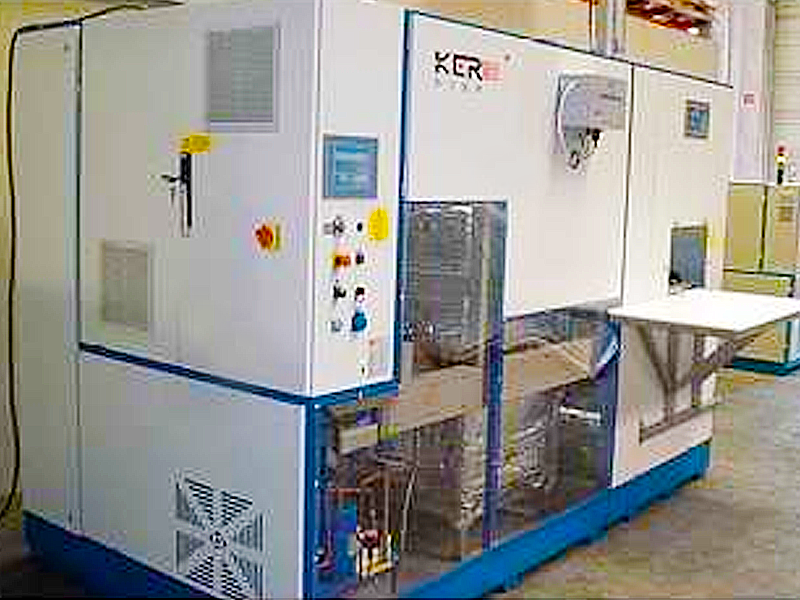
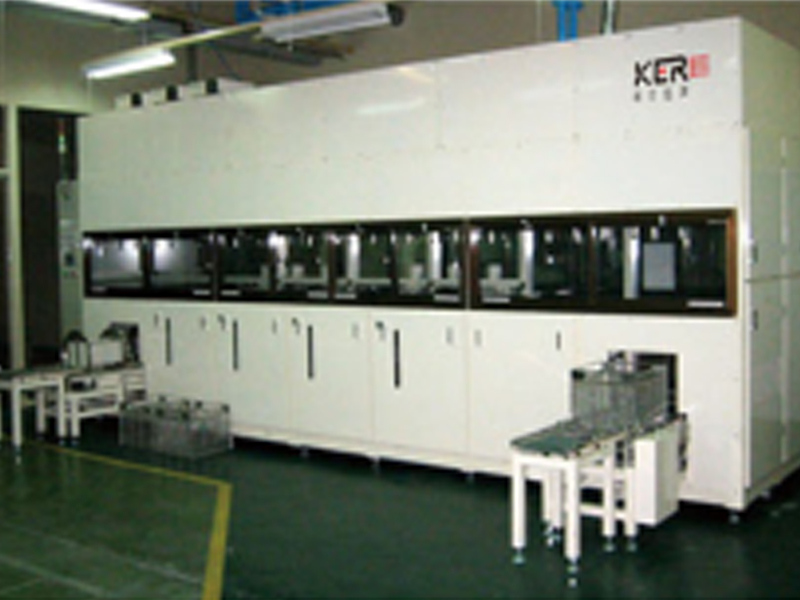
 联系我们
联系我们
 咨询电话:18663767799
咨询电话:18663767799 E-MAIL:jnkergs@163.com
E-MAIL:jnkergs@163.com 启航彩地址:山东省济南市济阳区创业路与启航街交叉口南40米
启航彩地址:山东省济南市济阳区创业路与启航街交叉口南40米 鲁公网安备 37011202001385号
鲁公网安备 37011202001385号
